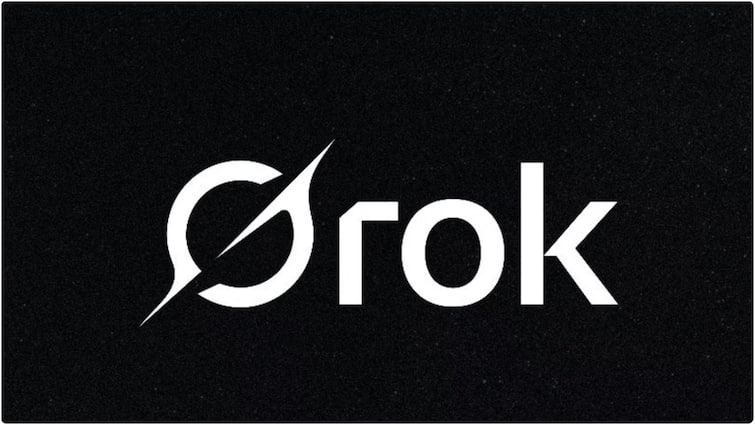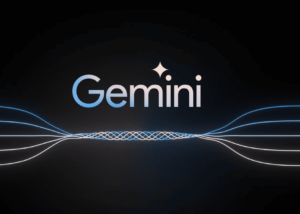Grok AI Carbon Emission: The Most Eco-Friendly Chatbot, Outshining ChatGPT and Gemini

Environmental Impact of AI Chatbots
As artificial intelligence chatbots become an essential part of our daily digital interactions, it is crucial to consider their environmental effects. A recent study conducted by TRG Datacenters reveals significant variations in carbon emissions across various AI models. Among them, Grok AI stands out as the most environmentally friendly option available.
Grok AI: Leading in Sustainability
The TRG Datacenters study showcases Grok AI as the most eco-conscious chatbot, emitting only 0.17 grams of CO₂ for each query. This remarkably low carbon footprint is attributable to Grok’s well-optimized design, which efficiently manages computational resources while delivering functionality. To put this into perspective, a single query to Grok AI emits similar carbon levels to conducting a Google search, marking a significant achievement in AI efficiency.
In stark contrast, Google’s Gemini ranks as the second most sustainable option but has a carbon emission of 1.6 grams of CO₂ per query—approximately ten times higher than Grok. Despite this higher emission, it’s essential to acknowledge that Gemini benefits from Google’s investment in renewable energy, which helps to mitigate its environmental impact compared to many other AI systems.
Comparing Other AI Models
Several other AI chatbots fall behind Grok AI in terms of sustainability:
Meta’s LLaMA AI: This model emits 3.2 grams of CO₂ per query, placing it in the third position. While Meta is making strides toward sustainability, the growth of its AI initiatives may result in increased emissions over time. Such emissions are roughly equivalent to sending approximately ten emails.
Claude AI: Ranking fourth, Claude AI produces 3.5 grams of CO₂ per query. While this system emphasizes safety and reliability, the features supporting these qualities demand significant computational power, leading to a higher environmental footprint.
- Perplexity AI: With an emission rate of 4 grams of CO₂ per query, Perplexity AI occupies the fifth spot. Its additional processing power requirements due to integrated search functionalities contribute to its carbon output. The environmental impact of using Perplexity AI can be compared to charging a smartphone one to one and a half times.
GPT-4: The Highest Carbon Emissions
At the end of the spectrum is GPT-4, which records an estimated carbon emission of 4.32 grams of CO₂ per query. This level is 25 times higher than that of Grok AI. Although GPT-4 is one of the most advanced models available, its vast need for computational power translates to a significant environmental burden. An interaction with GPT-4 can be equated to sending twenty-one emails or nearly fully charging a smartphone, raising serious concerns about the environmental sustainability of high-demand AI systems.
Path to More Sustainable AI
A representative from TRG Datacenters emphasized the importance of reducing energy consumption as the use of AI grows. While some AI models have already been designed with better efficiency in mind, there remains considerable potential for improvement. Advancements in hardware, more refined AI architectures, and an increased reliance on renewable energy sources in data centers are all viable paths toward lowering emissions.
The findings of this study highlight the pressing need for AI developers and companies to focus on sustainability. As computational demands keep rising, it is crucial for tech giants to prioritize eco-friendly practices. The success of Grok AI demonstrates that finding an efficient balance between technological innovation and environmental responsibility is possible, setting an example for others in the industry.






